
To help combat the growing climate crisis, many corporations and individuals are taking action to reduce their greenhouse gas (GHG) emissions. This process starts with measuring current emissions and developing a comprehensive baseline, then finding places for improvement and making positive changes. In order to accurately measure GHG emissions and create a practical action plan,…

As one of the most prolific hydroelectric producers in the world, the Canadian province of Quebec is making efforts to stay at the forefront of environmentally-friendly legislation. After the establishment of Quebec’s 2030 Plan for a Green Economy (PGE), the province has continued to promote green practices through policies including enacting the 2024 Bill 41,…

With buildings accounting for nearly 40% of global greenhouse gas (GHG) emissions each year, reducing their impact has become a world-wide priority. The World Green Building Council has called for global commitments in the building sector to reduce operational and embodied carbon emissions by 50% by 2030. A JLL report claims that, in light of…
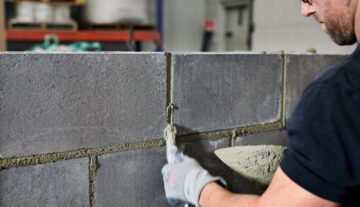
Concrete is the most used manmade material on Earth; each year, 30 billion tonnes of it is used around the world. Generally, this concrete is divided into two categories: ready-mix, or “cast-in-place” concrete, which is poured and cured on-site, and precast concrete, which is formed and cured off-site and transported to the building site as…
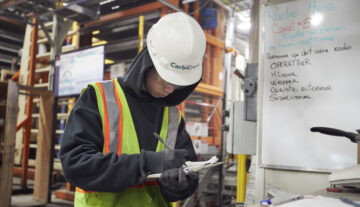
In order to combat climate change, organized global action is required to reverse the trajectory of society’s emissions. The 2030 Agenda of Sustainable Development and its 17 interconnected goals were established in 2012 at the UN Conference on Sustainable Development, with the aim of combatting the urgent environmental, political, and economic challenges facing our world….
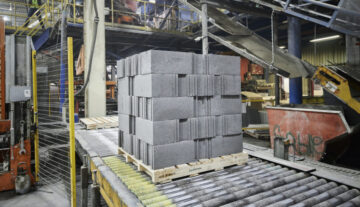
Each year, the United Nations convenes a Conference of the Parties (COP) to discuss climate change within the framework of the UNFCCC. The first COP convened in 1995 in Berlin, Germany; since then, COP has occurred each year, hosted by a regional group. COP28 convened from 30 November to 12 December 2023 in Dubai, UAE….
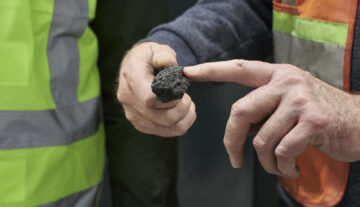
As circularity becomes one of the key tenets of sustainability practices, incorporating waste valorization into industrial activities is becoming more important than ever. CarbiCrete’s innovative technology uses steel slag, an industrial byproduct, and CO2 to transform the concrete manufacturing process. But what is steel slag, CarbiCrete’s not-so-secret ingredient? Let’s take a deep dive into the…

The global built environment is rapidly expanding, but outdated production methods threaten to dampen this growth through generating massive amounts of harmful greenhouse gas (GHG) emissions. In response to the carbon impact of cement—nearly 8% of the global annual total—low-carbon concrete offerings have been introduced around the world. Within the low-carbon concrete space, supplementary cementitious…

According to the United Nations, the world is projected to construct 2.3 trillion square meters of new buildings by 2060; that’s the equivalent of adding an entire New York City to the planet every 34 days for the next 40 years. In the global fight against climate change, emissions from construction—nearly 40% of total global…
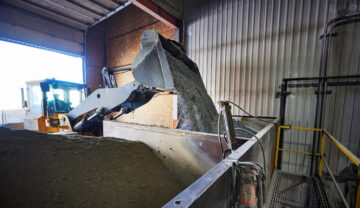
The world population is constantly growing, and every year more and more infrastructure must be built to accommodate this growth. As material needs increase along with the rising global population, diverting waste through recirculation is one of the most effective methods of scaling infrastructure without irreparably affecting our natural environment. The Ellen Macarthur Foundation states…


